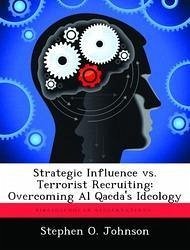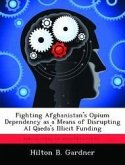The GWOT is not only a physical struggle of arms, but also a struggle of ideologies. Although the United States is winning the struggle of arms, it is loosing the struggle of ideologies. In fact, many believe that despite US victories on the battlefield, the ideology that al Qaeda represents has become stronger since September 11, 2001. Al Qaeda is winning the struggle of ideologies because they have become more effective at communicating and marketing their core beliefs and ideology than the United States has. They continue to conduct a sophisticated campaign to promote their ideologies and attract financial support and new recruits. US efforts to counter al Qaeda's ideology and recruiting lack a viable message, sufficient funding, and unity of effort. In order to win the struggle of ideologies and defeat al Qaeda, the US must eliminate al Qaeda's ability to attract recruits and financial support. To achieve this goal, the US needs to make a serious effort to overhaul its strategic influence capabilities. They must establish unity of command in strategic influence, increase funding for Department of State and Department of Defense strategic influence and public diplomacy efforts, develop a set of viable public diplomacy messages, develop new avenues for dissemination of these messages, and practice strategic ambiguity as a model for strategic communications.








